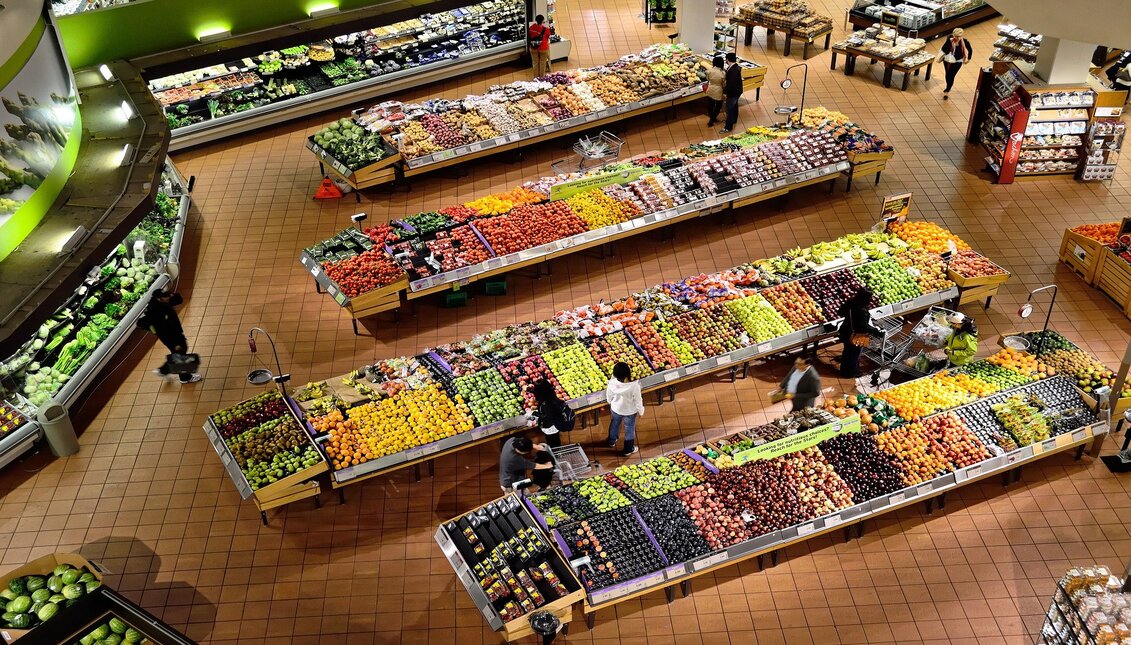
UN: "Three billion people cannot afford a healthy diet”
Both malnutrition and obesity are issues derived from food shortages and unhealthy diets.
"About three billion people, close to the 40% of the world's population, cannot afford a healthy diet," said the UN food agency, a scenario which could worsen with a billion more people and if unpredictable events — like a new pandemic — hit families' incomes.
Is our food supply at risk?@FAO's The State of Food & Agriculture 2021 report offers a close-up look at how we can make agrifood systems more resilient to shocks & stresses, & in turn provide affordable, healthy diets for all https://t.co/ybYxcMgDGa #SOFA2021 #FoodSystems pic.twitter.com/V8JMZAGEXO
— FAO (@FAO) November 23, 2021
The UN agency is currently working on strategies to strengthen capacity to withstand crises arising from extreme weather events, sudden illnesses, as well as pests from plants and animals.
In addition to bringing food to tables around the world, the logistics of the agri-food network produces 11 trillion tons of food a year and employs billions of people around the world.
To this is added the current crisis in the maritime transport systems, which generates major increases in the costs of transporting food, which are generally made up in the end cost of the product, forcing the consumer to stop buying several of the products, sacrificing their diet for not being able to afford it.
To tackle this battle against malnutrition, FAO makes the following recommendations:
RELATED CONTENT
- Diversify trading partners, their input sources, production, markets, and supply chains. This to have multiple avenues that can absorb the disturbances that may arise at any time.
- Support the development of small and medium agri-food companies that can support part of the national market demand.
- Implement better connectivity. That is, have more than one source of supply as well as different suppliers of inputs, transport channels, marketing and labor.
According to the World Health Organization (WHO), which presented a complete report on overweight in the middle of the year, the following figures should set off the alarms of the world's health systems to decisively and actively confront the condition.
- Since 1975 obesity has tripled worldwide.
- By 2016, more than 1.9 billion adults (over 18 years of age) were overweight; 650 million were obese.
- In the same year, 39% of adults were overweight and 13% were considered obese. Also, 41 million children under the age of five were overweight or obese.
- In 2016, more than 340 million children and adolescents (between five and 19 years old) were overweight or obese.
- It is thought that the majority of the world's population lives in countries where obesity takes more lives than underweight. That is, there are more obese people than underweight, which occurs in practically all regions, except in parts from sub-Saharan Africa and Asia.
This way of eating, which becomes a habit, adds to a lack of physical activity enhanced by the confinement periods of the pandemic and has led to a drastic increase in childhood obesity.
Click here to see the full report:
It's a complicated panorama, not only for the food systems of each nation, but also for the health services that, in the middle of their battle against COVID-19, have had to neglect other medical difficulties present in different communities and are affected by a shortage of materials and labor.











LEAVE A COMMENT: